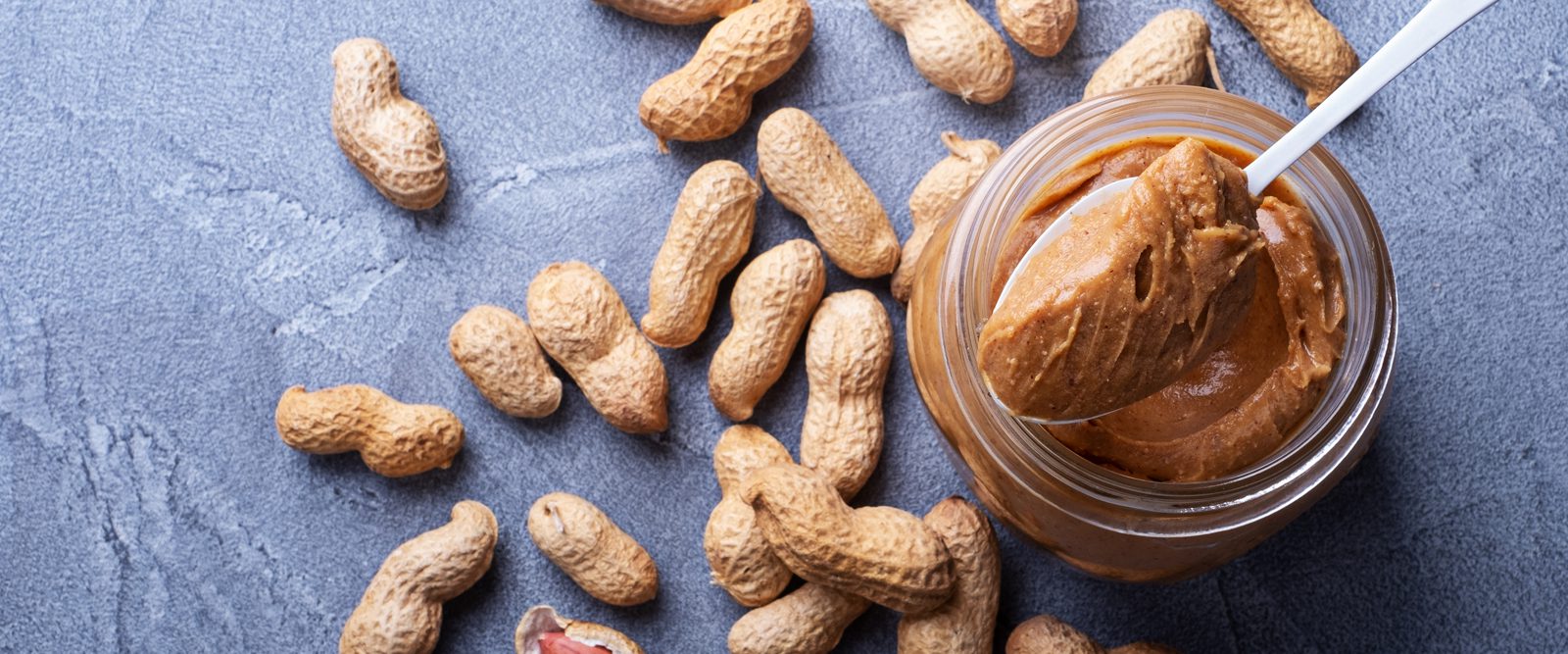How to Manage a Peanut Allergy
A pediatric allergy specialist explains what to know about a peanut allergy, including current treatments and new ones on the horizon.


Having a child with a peanut allergy can cause a lot of anxiety in parents, especially as children go to day care, school, playdates, or birthday parties. According to the American College of Allergy, Asthma & Immunology, approximately 2.5% of children have a peanut allergy, as cases of peanut allergies have increased dramatically in the United States over the past two decades.
“Food allergies can be scary, but they can be managed,” ays Dr. Joyce Yu, a pediatric allergy and immunology specialist at NewYork-Presbyterian Morgan Stanley Children’s Hospital. “For the time that your child has their food allergy, communication is key. Make sure you are frequently telling caregivers, teachers, and any staff when you go to restaurants about your child’s food allergies and inquiring about possible exposure risks. Accidents will happen, so having emergency medication on hand at all times and an emergency action plan in place will help to keep your child safe.”

Dr. Joyce Yu
Health Matters spoke to Dr. Yu to better understand peanut allergy, how it is diagnosed, and how to treat it.
What are the most common food allergens?
Dr. Yu: There are nine common food allergens: milk, egg, soy, wheat, peanut, tree nuts, fish, crustacean shellfish, and sesame. They account for 90% of our food allergies.
How do you diagnose peanut allergy?
Believe it or not, the primary way we diagnose it is from clinical history. We rely a lot on what parents tell us and on family history. We do other tests, like skin tests, blood tests, or supervised feeding tests — but they are complementary tests to figure out what’s going on.
Besides the obvious foods, such as peanut butter, what other foods may contain peanuts or traces of peanuts?
It’s not just candy, sweets or baked goods that may contain peanuts. They can be found in sauces such as chili sauce, hot sauce, pesto, gravy, mole sauce, and salad dressing, as well as savory foods, including plant-based products that are sold as meat substitutes. Alternative nut butters, such as soy nut butter or sunflower seed butter, are sometimes produced on equipment used for processing other tree nuts and, in some cases, peanuts. Contact the manufacturer before eating these products.
What kinds of reactions do you see with peanut allergy?
We see a wide variety of reactions, from mild to severe. And it’s unpredictable. One time, all you may have is a mild rash and some itching, and the next time you’re in the emergency room with anaphylaxis. We can predict the risk, but we can’t tell you what’s going to happen if you are exposed. So, it’s all about reducing risk of exposure.
If you have a peanut allergy, what are the options for treatment?
The mainstay is avoidance therapy. This means strict avoidance of the allergen. It includes an emergency action plan, emergency medication, a plan for eating at restaurants and for when you go outside, and a plan for inside the home. Avoidance therapy reduces your exposure to the peanut, so it reduces your risk of having an allergic reaction.
What has come up in the last 10 to 15 years is immunotherapy, which we call desensitization therapy. The idea is to make your system less sensitive to the food, so if you have an accidental exposure, you are less likely to have a severe reaction. Right now, the immunotherapy approved by the FDA is in the form of a refined peanut powder in capsules or a sachet, and you sprinkle it on your food. By introducing the allergen in small amounts, you build an immunity. You are still technically allergic to the peanut — the therapy doesn’t cure the peanut allergy — it just makes you less sensitive.
Is avoidance therapy safer than immunotherapy?
With avoidance therapy, the upside is that it’s very simple and straightforward. You’re taking measures to minimize your risk. Generally, foods are fairly easy to avoid, although we know accidents can happen.
With desensitization therapy, people say they have a better quality of life and less anxiety. They’re still allergic and they’re still avoiding foods, but there is less concern about accidental exposure. On the flip side, there are some downsides to oral immunotherapy. There is a high rate of allergic reactions. They happen more in the beginning of the immunotherapy and then decrease, but it’s not as easy as it may seem.
Will the new peanut patch be an effective treatment?
It still needs FDA approval, but the new data is promising for young children. The way it works is that a small amount of peanut protein is placed in a chamber on the patch; we call it an occlusive chamber. The chamber creates a humid environment, causing the peanut protein to be absorbed into the skin, and the exposure helps build immunity to the peanut. The benefit of the patch is that it’s simple, so you don’t have to think too much about it, and there’s a smaller amount of exposure to the peanut, which decreases the risk of allergic reactions. But since it’s so new, we still don’t know if it is an effective therapy for the longer term.
Are there other treatments for peanut allergy on the horizon?
Right now, researchers are looking at therapies that can be used as-needed — for example, before going to a restaurant — because taking an immunotherapy dose every single day can be burdensome. There are active studies on other types of antibody therapy and injections to desensitize for food allergy. Technology is also being developed, like apps for your smartphone or smartwatch that help alert you to an allergic reaction. In addition, there may be more epinephrine products — a treatment for anaphylaxis — on the market soon. One product that is up for FDA approval is an epinephrine nasal spray, which is an option for people who fear needles.
While we still don’t have a cure for peanut allergies, there is a lot of work being done to find better ways of managing it and treating the reactions.
Do children outgrow peanut allergy?
At this time, about 1 in 5 kids outgrow their peanut allergy over time. We don’t really know the exact mechanism behind why some kids outgrow their peanut allergy and others don’t. At this point, the gold standard way to determine if a child has outgrown their food allergy is to ingest the food in a supervised feeding test (oral food challenge). There is no particular age at which this should happen. It can be done at any time that we think the child is likely to have outgrown the allergy.
What do you want parents to know when it comes to food allergies?
The general rule of thumb is that exposing peanuts to a child early can help prevent peanut allergy. If your child has no reason to avoid peanuts, they should continue to include peanuts in their diet, plus all the other common food allergens. The goal is to eat a healthy, well-balanced diet and include different foods.
Joyce Yu, M.D., is the director of the food allergy clinic at the NewYork-Presbyterian Morgan Stanley Children’s Hospital and NewYork-Presbyterian/Columbia University Irving Medical Center. She is also an associate professor of Pediatrics at Columbia University Vagelos College of Physicians and Surgeons. Her clinical expertise and research interests are in pediatric food allergy and clinical primary immunodeficiencies, and she has published several journal articles, abstracts, and book chapters in these areas. She oversees a multidisciplinary food allergy program at Columbia and is involved in teaching medical students, residents, and fellows. She also serves as the principal investigator in multi-center clinical trials in food allergy, asthma, and atopic dermatitis, and other allergic conditions.
Additional Resources
Learn more about allergy treatments at our Food Allergy Centers.

